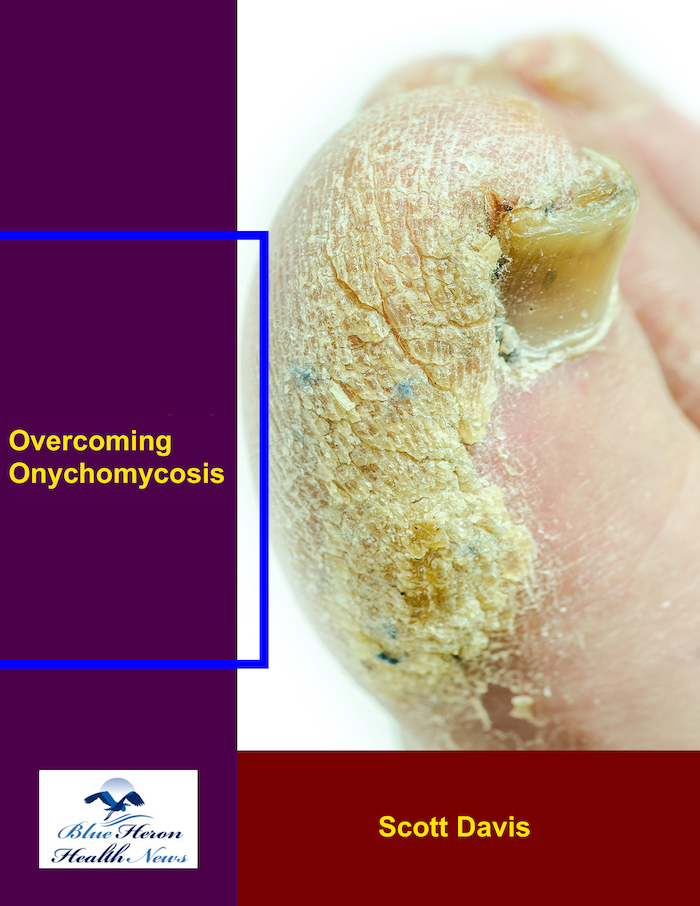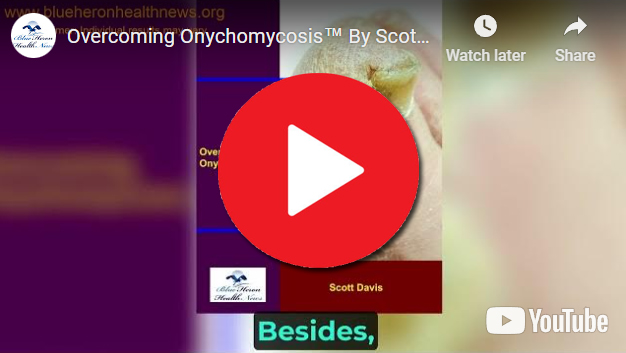
Overcoming Onychomycosis™ By Scott Davis It is a simple, natural, and all-in-one solution for onychomycosis. The program can help you to treat your nail fungus naturally. Once you follow this program, you do not need to spend on expensive treatments to prevent a recurrence. In brief, you can have a proven solution for your chronic nail fungus. Besides, the program is easy to follow, and most users find it effective against onychomycosis.
How can one manage acid reflux with Parkinson’s disease?
Managing acid reflux (GERD) in individuals with Parkinson’s disease (PD) can be challenging due to the neurological changes associated with PD, which can affect esophageal motility, swallowing, and the gastrointestinal system. People with PD are at higher risk for gastrointestinal issues, including acid reflux, due to slower gastric emptying, reduced ability to coordinate swallowing, and possible dysfunction of the lower esophageal sphincter (LES). However, there are several strategies to manage acid reflux effectively while considering the unique aspects of Parkinson’s disease.
1. Dietary Modifications
- Avoid Trigger Foods: Some foods and beverages can trigger acid reflux. These include:
- Caffeinated beverages (coffee, tea, sodas)
- Spicy foods
- Citrus fruits (oranges, grapefruits)
- Chocolate
- Tomato-based products
- Fatty or fried foods
- Peppermint
- Eat Smaller, More Frequent Meals: Eating smaller portions throughout the day, rather than large meals, can reduce the pressure on the stomach and LES, decreasing the likelihood of acid reflux.
- Avoid Eating Close to Bedtime: Aim to finish eating at least 2-3 hours before lying down to give your stomach time to empty and reduce the risk of nighttime reflux.
- Increase Fiber Intake: A diet rich in fiber (fruits, vegetables, whole grains) may help with digestion and prevent constipation, which is a common issue in Parkinson’s disease and can exacerbate acid reflux.
2. Positioning and Lifestyle Changes
- Elevate the Head of the Bed: Sleeping with the head of the bed elevated at a 30-45 degree angle may help prevent acid from flowing back into the esophagus during sleep. This can be especially important for those with nocturnal GERD.
- Avoid Lying Down After Meals: Lying down too soon after eating can increase the likelihood of acid reflux. Try to stay upright for at least 30 minutes after eating.
- Wear Loose Clothing: Tight clothing, especially around the waist, can increase abdominal pressure and worsen reflux symptoms.
- Avoid Heavy Physical Activity After Eating: Try not to engage in strenuous physical activity right after meals, as it can exacerbate acid reflux symptoms.
3. Medication Management
- Proton Pump Inhibitors (PPIs): PPIs, such as omeprazole or esomeprazole, are commonly prescribed to reduce stomach acid production and help heal the esophagus. However, long-term use should be monitored by a healthcare provider due to potential side effects.
- H2-Receptor Antagonists: Medications like ranitidine or famotidine may also be used to reduce acid production.
- Antacids: Over-the-counter antacids (e.g., Tums, Maalox) can help neutralize stomach acid, providing short-term relief from heartburn.
- Prokinetic Agents: In some cases, drugs that promote gastric motility, such as metoclopramide, may help reduce reflux by improving stomach emptying. However, these should be used with caution in Parkinson’s patients, as they can sometimes exacerbate motor symptoms or cause side effects like tardive dyskinesia.
4. Adjust Parkinson’s Medications
- Some medications used to treat Parkinson’s disease, such as dopamine agonists or levodopa, can affect the gastrointestinal system, leading to slower gastric emptying and worsened acid reflux.
- Adjusting the timing or dose of medications: Consulting with a doctor about the timing of Parkinson’s medications, or switching to a different formulation (e.g., extended-release or controlled-release versions), may help manage symptoms.
- Parkinson’s Medications and GERD: If a specific Parkinson’s medication is believed to be contributing to GERD symptoms, switching to a different drug or adjusting the dosage can be considered.
5. Physical and Speech Therapy
- Speech Therapy: Parkinson’s disease can affect the muscles involved in swallowing, leading to a condition known as dysphagia. A speech therapist specializing in swallowing therapy can help improve swallowing function and reduce the risk of food and acid reflux into the esophagus.
- Postural Therapy: Physical therapy that emphasizes posture and movement strategies can improve gastric motility and reduce symptoms of acid reflux, especially after meals.
6. Manage Constipation
- Constipation is common in Parkinson’s disease and can exacerbate acid reflux by increasing abdominal pressure. Managing constipation through:
- Adequate fiber intake
- Regular physical activity
- Hydration
- Stool softeners or mild laxatives (under the guidance of a healthcare provider)
- This may help reduce reflux symptoms by decreasing pressure on the stomach and the LES.
7. Mindful Eating Habits
- Eat Slowly: Taking time to chew food thoroughly and eat slowly can prevent overeating, which can place excess pressure on the LES and worsen acid reflux.
- Avoid Overeating: Eating large amounts of food can stretch the stomach, increasing the likelihood of acid reflux. Aim for smaller, more frequent meals to help reduce stomach pressure.
8. Natural Remedies
While evidence on natural remedies for acid reflux in Parkinson’s disease is limited, some people find that the following may provide relief:
- Ginger: Known for its ability to soothe the digestive system, ginger can help reduce nausea and gastric irritation. You can consume it as tea or add it to meals.
- Aloe Vera Juice: Aloe vera is sometimes used to soothe the digestive tract and reduce inflammation, although it should be used cautiously to avoid side effects like diarrhea.
- Chamomile Tea: Drinking chamomile tea may help calm the stomach and esophagus, potentially easing reflux symptoms.
9. Regular Monitoring and Follow-up Care
- Individuals with Parkinson’s disease should have regular follow-ups with their healthcare team to assess the effectiveness of acid reflux management strategies and make adjustments as needed. Since Parkinson’s symptoms and medication regimens can change over time, it’s important to monitor for any new or worsening reflux symptoms and adapt treatment accordingly.
Summary:
Managing acid reflux in individuals with Parkinson’s disease involves a combination of dietary adjustments, medication management, and lifestyle changes. Strategies like eating smaller meals, elevating the head of the bed, and avoiding trigger foods are foundational for reducing symptoms. Adjusting Parkinson’s medications and addressing gastrointestinal issues such as constipation and dysphagia can also help minimize acid reflux. Consulting a healthcare provider is essential for developing a comprehensive management plan tailored to the individual’s needs and Parkinson’s symptoms.
Overcoming Onychomycosis™ By Scott Davis It is a simple, natural, and all-in-one solution for onychomycosis. The program can help you to treat your nail fungus naturally. Once you follow this program, you do not need to spend on expensive treatments to prevent a recurrence. In brief, you can have a proven solution for your chronic nail fungus. Besides, the program is easy to follow, and most users find it effective against onychomycosis.
